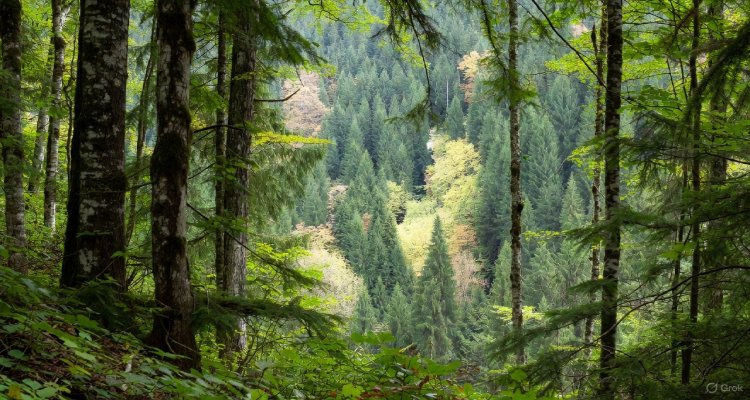Why Ghost Towns Are Becoming Tourist Hotspots
Once abandoned and forgotten, ghost towns are now drawing curious travelers seeking history, mystery, and adventure in forgotten landscapes.
Introduction: From Abandoned Silence to Curious Footsteps
Once deserted and left to crumble, ghost towns are now making a surprising comeback—this time as tourist destinations. Where silence once reigned, footsteps of explorers, history buffs, and adventure seekers now echo through dusty streets. These forgotten places, long associated with decay and loss, are becoming living museums that tell stories of ambition, failure, and survival.
Context & Background: What Defines a Ghost Town?
Ghost towns are communities that were once bustling with life but were later abandoned due to economic collapse, natural disasters, or resource depletion. Many emerged during the gold rush era in the 19th century, while others were shaped by industrial decline in the 20th century.
From the Wild West settlements of the United States to deserted mining villages in Australia and war-ruined towns in Europe, ghost towns exist across the globe. For decades, they stood as haunting reminders of impermanence—until the travel industry rediscovered them.
Main Developments: The Rise of Ghost Town Tourism
Today, ghost towns are attracting a new wave of visitors for several reasons:
- Cultural Curiosity: Travelers want authentic, immersive experiences that go beyond traditional sightseeing.
- Adventure Tourism: Exploring abandoned structures and eerie landscapes offers a thrill unlike conventional destinations.
- History Preservation: Many ghost towns are being preserved and restored, turning them into outdoor museums.
- Pop Culture Influence: Films, TV series, and video games featuring post-apocalyptic or abandoned settings have fueled curiosity.
Popular sites include Bodie, California, a former gold-mining town frozen in time, and Pripyat, Ukraine, abandoned after the Chernobyl disaster. In both cases, tourism is breathing life back into places that were once symbols of death and decline.
Expert Insight & Public Reaction
“Ghost towns represent a paradox—they’re both about endings and new beginnings,” says Dr. Ellen Strauss, a cultural anthropologist specializing in heritage tourism. “Visitors aren’t just seeking spooky thrills. They’re connecting with the past, understanding resilience, and reflecting on human ambition.”
Travelers often share awe-filled reactions on social media. Instagram feeds are filled with haunting yet beautiful images of weathered churches, empty saloons, and rusting cars. For many, the eerie quiet isn’t unsettling—it’s captivating.
Impact & Implications: Beyond Nostalgia
The rise of ghost town tourism is reshaping local economies. Remote communities near these sites benefit from hotels, guided tours, and cultural festivals. Preservation efforts are also gaining momentum, ensuring these historic landmarks don’t disappear entirely.
However, challenges remain. Increased foot traffic risks damaging fragile structures, and ethical debates continue over turning sites of tragedy—such as war-ruined villages—into tourist attractions. The balance between preservation, respect, and commercial interest remains delicate.
Looking ahead, ghost towns may increasingly be rebranded as living heritage sites, combining historical storytelling with sustainable tourism practices.
Conclusion: The Allure of Forgotten Places
Ghost towns are no longer just symbols of abandonment. They’ve transformed into powerful reminders of humanity’s impermanence and resilience. As tourism grows, these silent landscapes speak louder than ever—inviting us to step into the past while reflecting on the fragility of the present.
What was once forgotten is now remembered, not through textbooks, but through footsteps on dust-covered streets.
Disclaimer :This article is for informational purposes only. Visitors should respect preservation guidelines and local regulations when exploring ghost towns.











